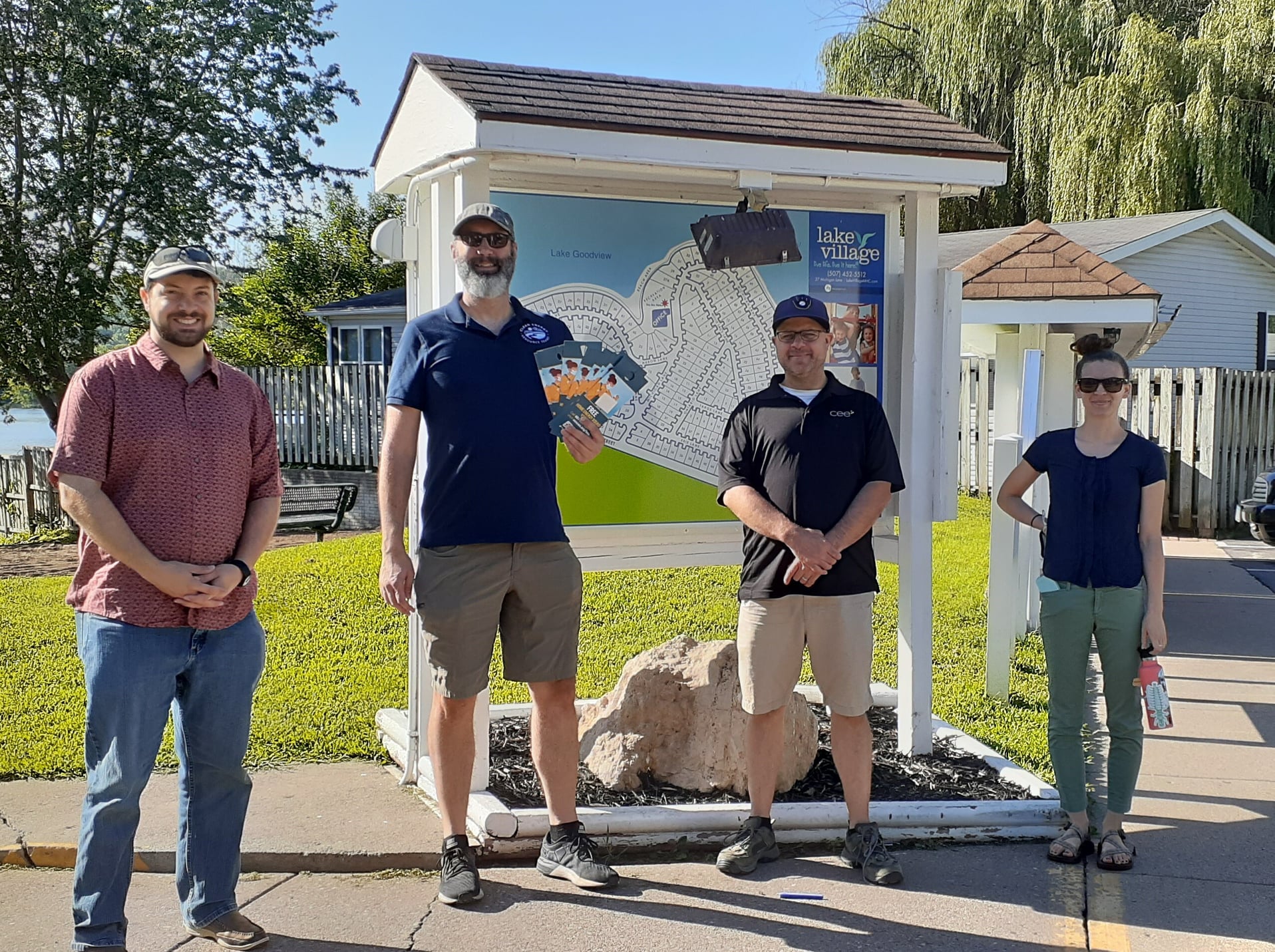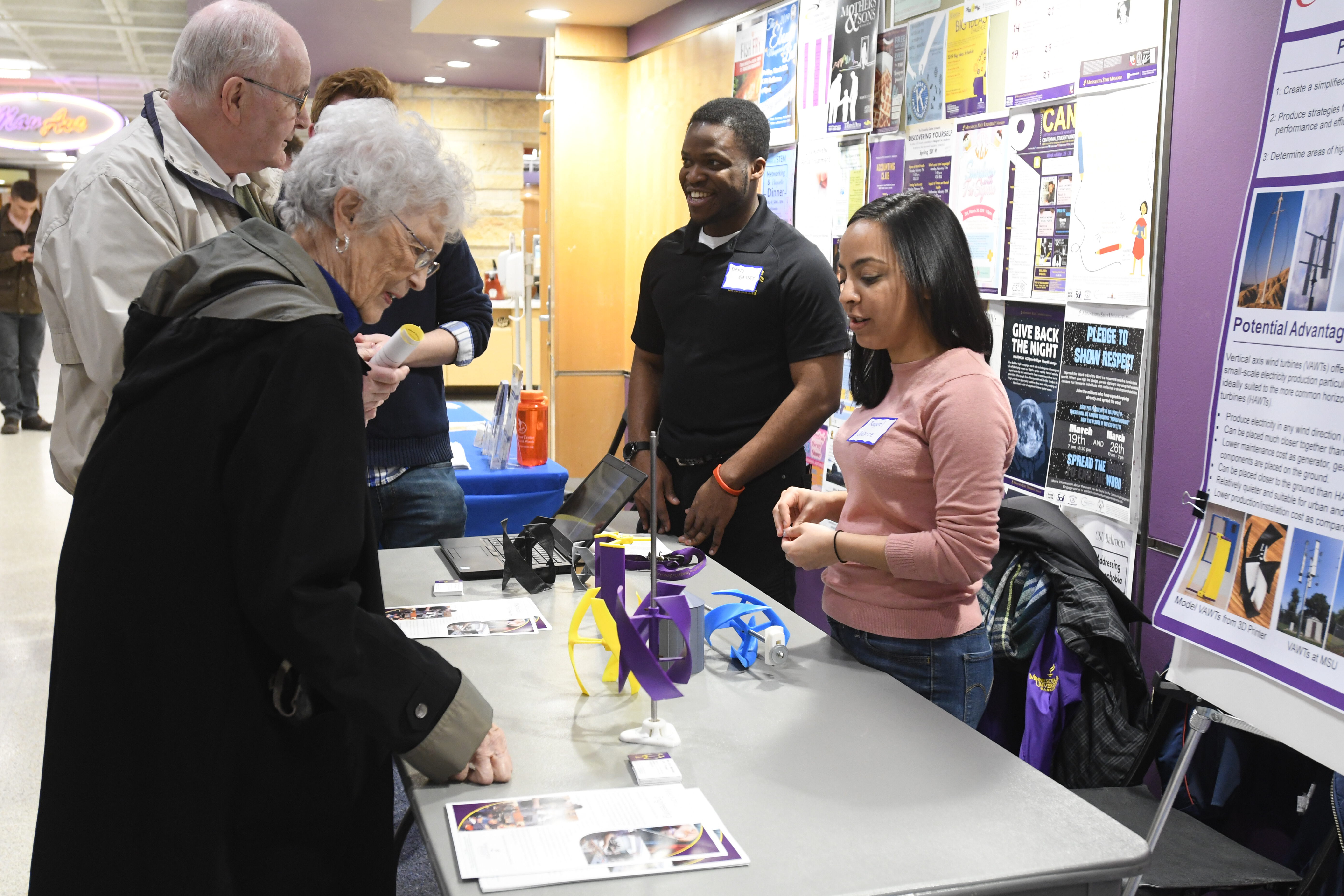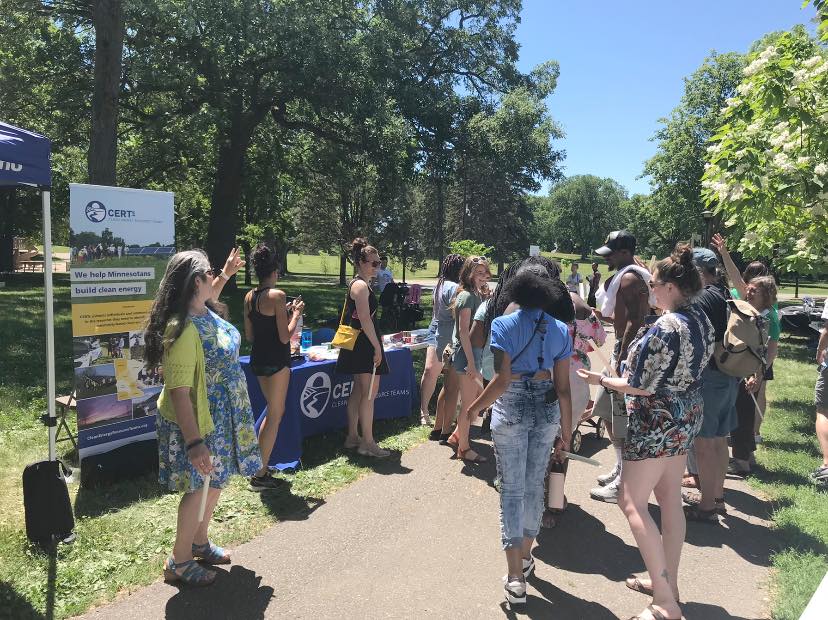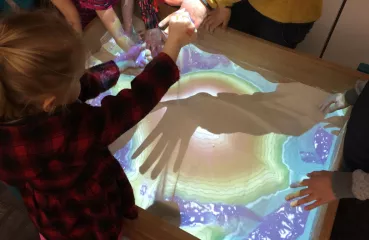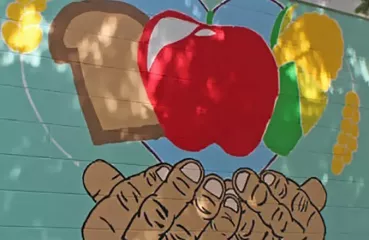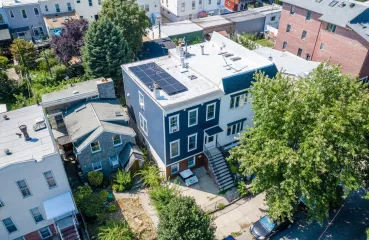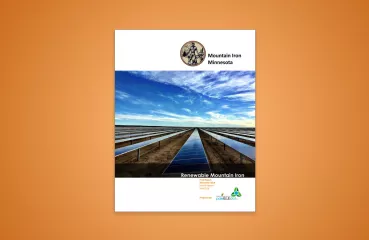Marie Donahue: Could I now have you share the impact of this program across the state in communities—both the quantitative “by the numbers” and qualitative impacts of these grants over time?
Joel Haskard: Well, we've awarded over $1.3 million in seed grants to 393 energy projects, since 2006. Through those seed grants and other programs, we've helped save over 545 billion BTU, which is great to talk about because man that number is huge. And avoided $6.3 million in energy costs since 2010. We've awarded seed grants to seven of the 11 tribal nations, and I'm hoping we can fill out all 11 sometime soon.
But Marie, you asked about qualitatively [and] one of the key pieces about our theory of change is that it's crucial that communities see themselves in the clean energy world, and they see themselves as part of the solution. That they get to kick the tires on projects.
Minnesota has fantastic policies and we're really blessed in that way, but it's also really crucial to then use that basic platform to get projects done, to get projects implemented. Our hope is that the seed grants have that ripple effect, that snowball effect, and broaden out. If you check out the map of where we've awarded seed grants, it's really broadly across the state, and I hope that people realize that's a crucial part of this thing. That communities big and small and folks that might not see themselves as being part of the solution for the clean energy economy are in fact part of the solution for the clean energy economy. We need their involvement, and we hope that we're a small piece of that.
Marie Donahue: Great, thanks for covering that Joel, and we’ll link to that map of projects on the show page. Now, Lissa, I’m curious, especially in light of what communities have been navigating over the past year with the COVID-19 pandemic, to dig into what has changed and whether there is anything new that the program is focusing on that our listeners should keep in mind?
Lissa Pawlisch: Here's what I would say are some things that are new this year. So we referenced that in 2006 and 2007, it was for energy efficiency and renewable energy projects. That continues to be a focus. I want to also say conservation because when engaging a community, you think about what are the behavioral things that we can do.
This year, we also specifically call out electric vehicle-related projects, the charging infrastructure and/or the community engagement of people participating in ride and drives, understanding what their vehicle options are. Maybe doing some planning around where we are going to put that infrastructure.
We've also specifically called out energy storage for the first time. We funded a couple of energy storage projects in the past, and this time it felt like it was really important. We're really turning the corner on energy storage. That's becoming a more viable option in and for and with community. We want to make sure that people can see those kinds of projects that they might explore in the RFP, so those things are specifically called out. That's probably the biggest top line change to the RFP this year.
The application form, it's shorter—only four pages. We really think that's a good thing. I boil it down to: Need not be an energy nerd to apply! By which I mean, for example, we are no longer requiring that people try to estimate those BTU savings on their application form. We have folks who can do that. If we have a sense of what your project is, we can then back into those numbers and work with you, and whomever you're working with—at your utility, a consultant, whomever to make sure that we get accurate numbers on that. That was a barrier for folks. They felt like, “I'm not an energy person, I want to adopt clean energy, but I don't want to have to become an expert in clean energy to apply.” So, that's a change.
We have always been labor-only on seed grants. [But] this year, we're also allowing applicants to apply for funding for materials and supplies. We have lots of robust definitions about what that is on the website and an FAQ and also in the RFP itself. It really spells out what is eligible and what is not. We are again really centering underserved communities, but we have a definition of that in the RFP. Last time we asked folks to help us define that by articulating for themselves what does that mean to them, and we use that feedback to then help create that definition and center that this time around.
Finally, staff are available to help and that's not really a change. That's always been true, but we're really trying to emphasize—wherever you are in the process we are available to help you. We are not part of the group that reviews the projects. That's the steering committee's job, so we have staff who can help you with that process to help you make sure that you are feeling confident going in at whatever point you are in your project application.


.png)


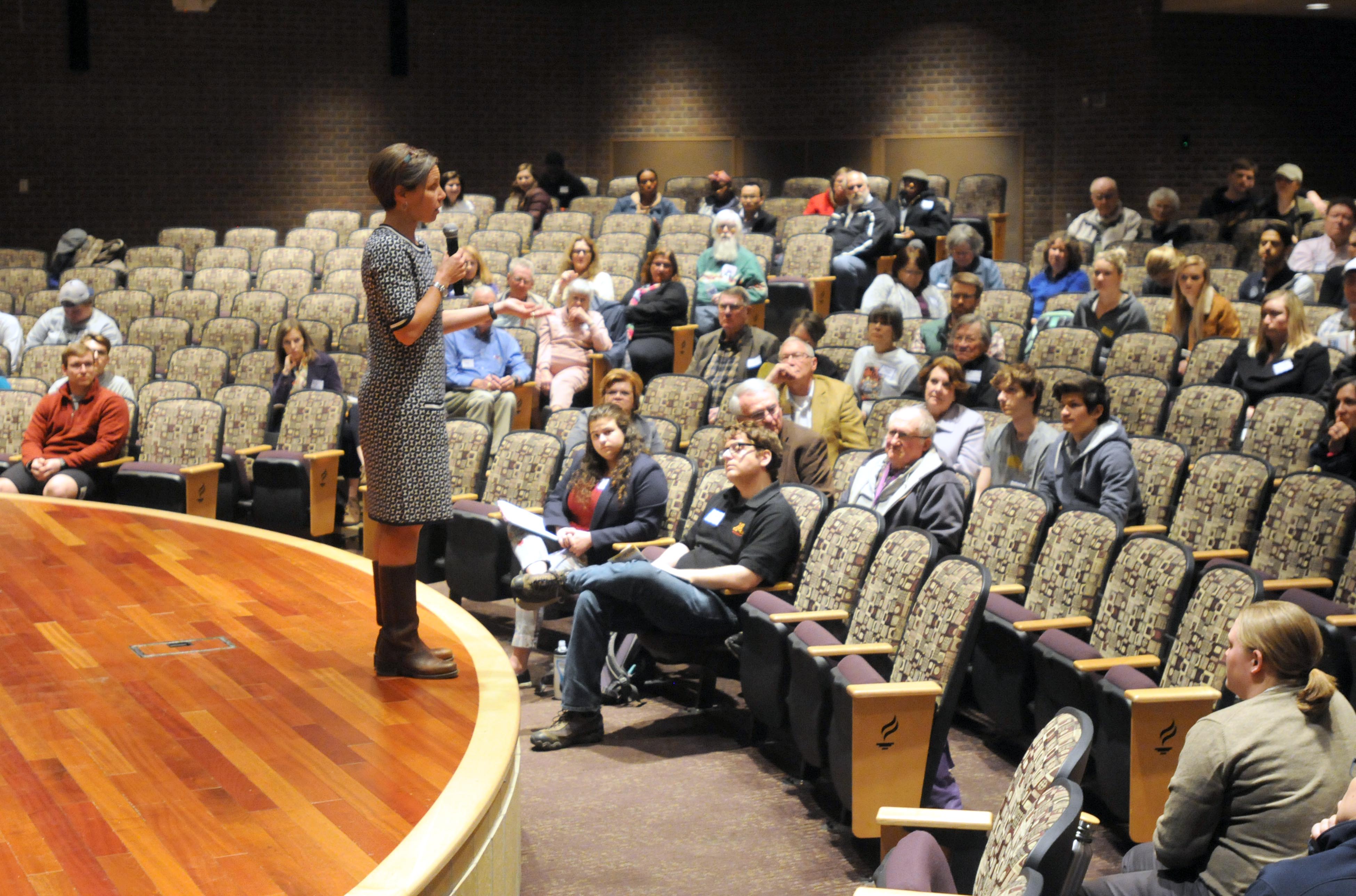
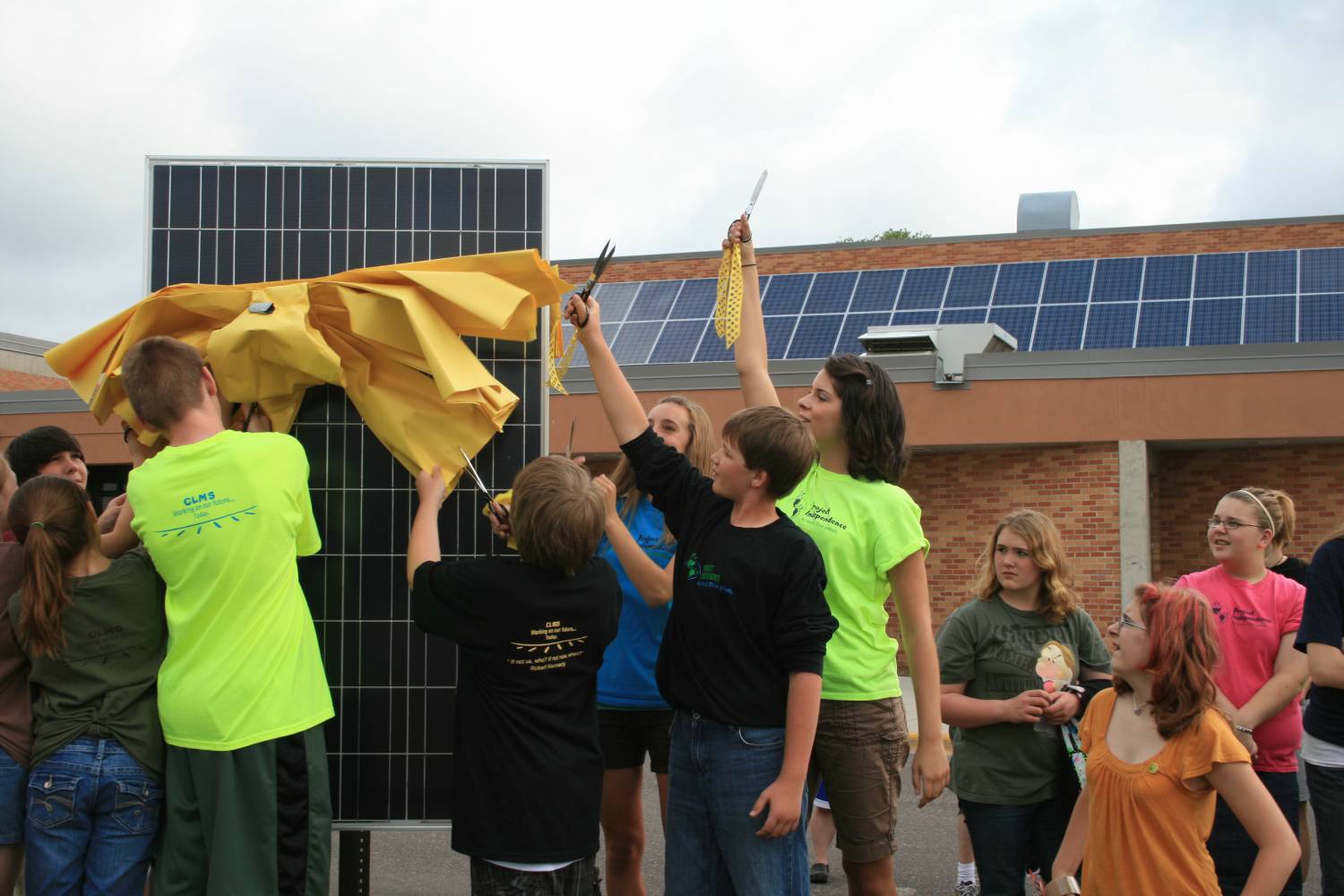
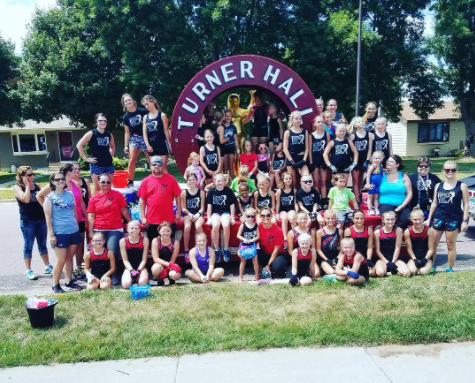
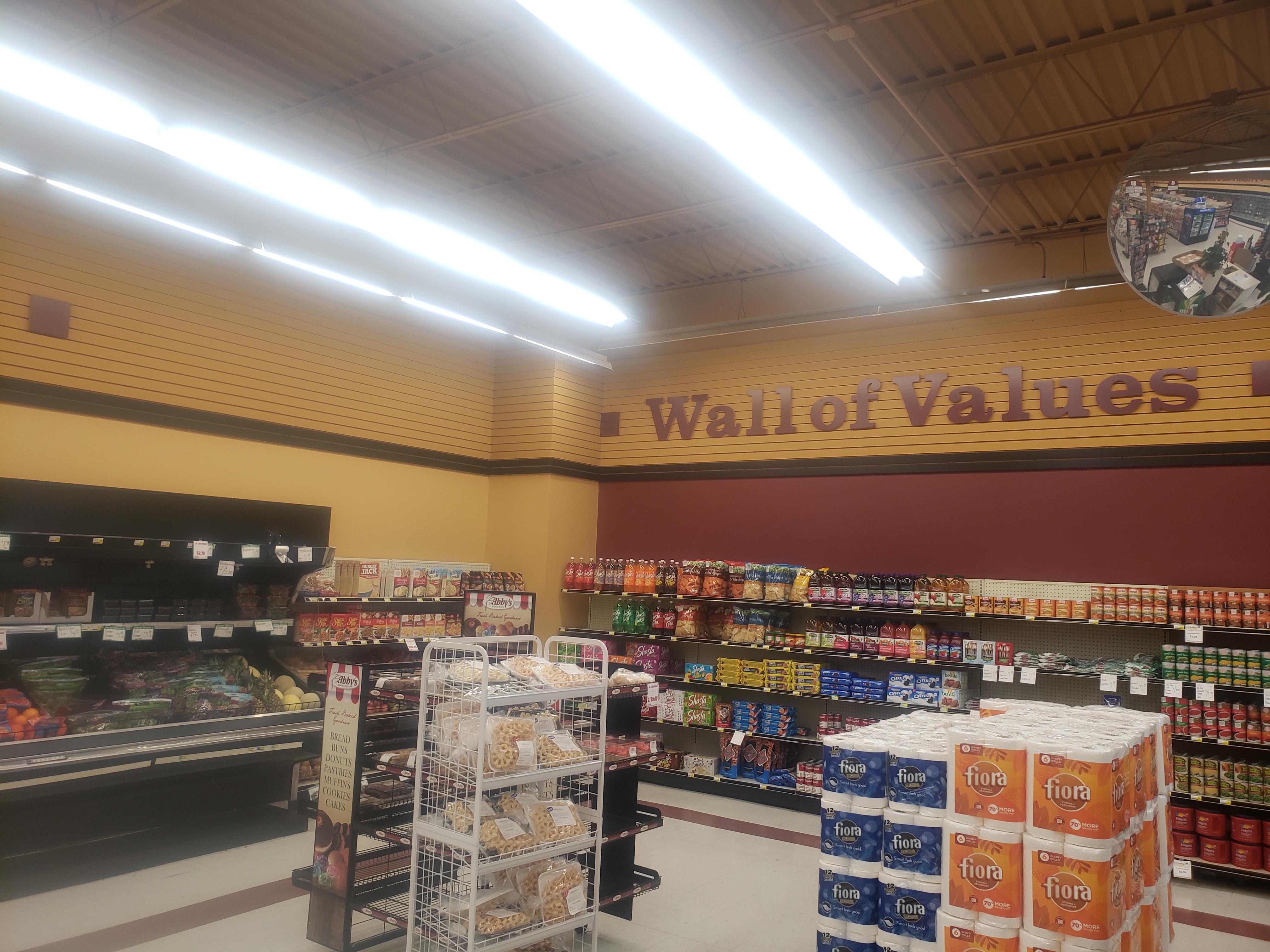 Photo: Winthrop Market sales floor with new LED lighting, supported by a West Central CERT seed grant, 2021. Credit: Andrew Schmidt, Winthrop Market.
Photo: Winthrop Market sales floor with new LED lighting, supported by a West Central CERT seed grant, 2021. Credit: Andrew Schmidt, Winthrop Market.